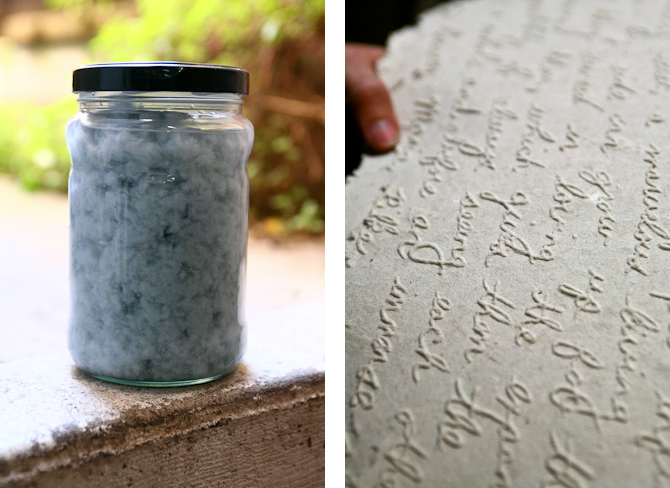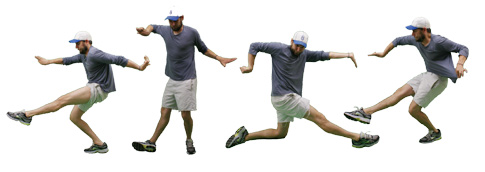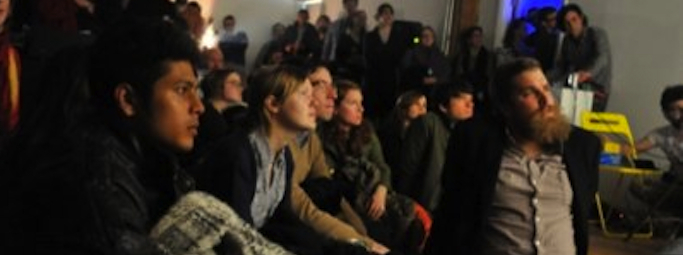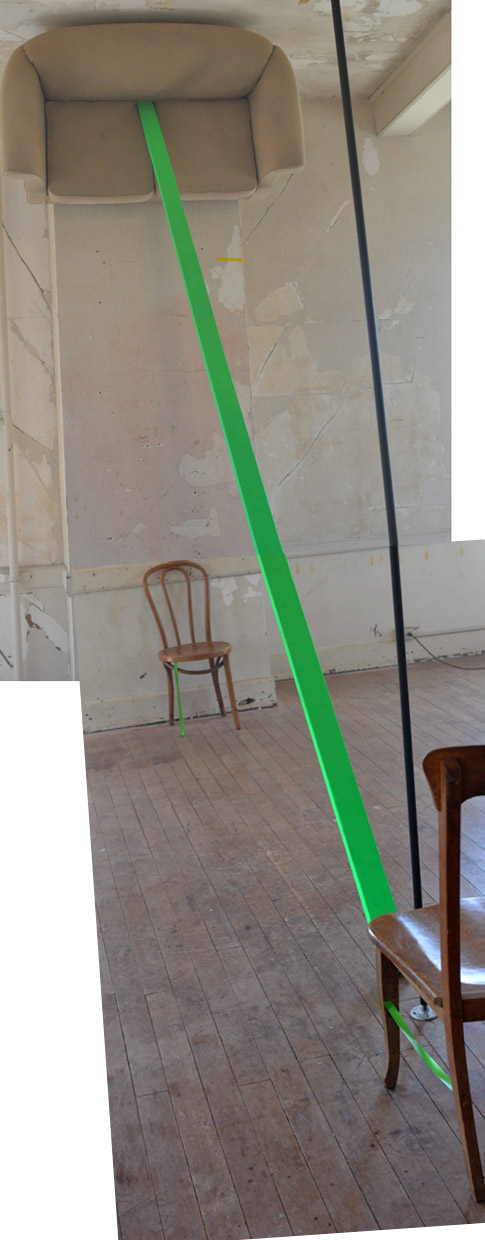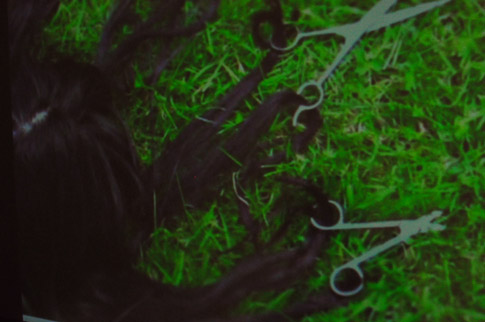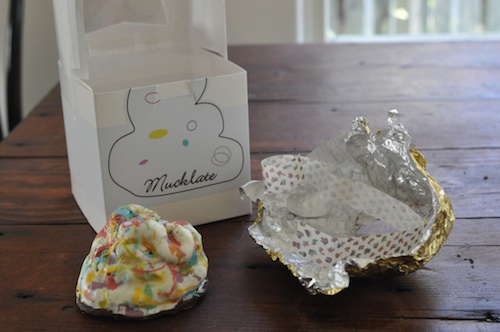Bad at Sports: Hyperjunk Response
February 14th, 2012 by eleanor - Art Micro Patronage, arts funding, blog, contemporary art criticism, internet, new models, the exposure problem
Nicolas O’Brien, one of the artists in the current Art Micro Patronage show, “Can’t Touch This” curated by Karen Archey, also writes a column entitled Hyperjunk on the Bad at Sports blog. He was kind enough to include us in his most recent post, ”Hyperjunk: Observations on the Proliferation of Online Galleries,” a thoughtful survey and analysis of current online galleries.
However, there are a couple of points in the article that caught our attention, specifically in regards to our project. In the spirit of keeping the conversation going, we’ve included some responses below:
If an ideal environment of an artists working online lies within the personal computing web-browsing experience, then why the need for relocating these works into another specific website/framing? What is “more accessible” about an online gallery then an artists personal website? Are the tropes from the traditional gallery system still playing too significant a role in the way in which net-art is being presented?
With Art Micro Patronage the idea of the curated group show is central. We’re trying to encourage criticality about what is happening online by hiring curators to bring together artists whose work explores similar themes. The internet is incredibly diverse and far flung which makes the process of synthesis and curation that much more important. I trust some institutions and curators to do the research and outreach to bring to my attention artists whose work I may not have been exposed to otherwise, but also to highlight what is happening more broadly. So maybe it’s not the works themselves that are rendered more accessible, but rather the connections between them.
To favor one system over the other, or to underscore the supposed ignorance of major cultural institutions for not having more net based art, can position the artist, work, or community as having ingrained entitlement due to its novelty.
I’m not sure I agree that it deserves entitlement due to its novelty. In the late 90′s and early 2000′s there were quite a few institutions that were collecting and attempting to show net art. But most gave it up. At that point there was an exuberance about the novelty of anything and everything that was happening online. However now I believe we’re at the point where the technology has caught up and the novelty has died down, and because it is so ingrained in our culture, the work that is happening online in a cultural context deserves critical attention. It was in part the recognition that artists working online isn’t novel at all that motivated us to do this project.
Further, we hope to continue expanding the idea of what is considered “netart”. We intentionally found curators working in diverse parts of the artworld in order to cull different works and types of shows. For example, our next show curated by Dena Beard highlights the work of primarily social practice and conceptual artists who use the web to document their more ephemeral practice or as a site of exchange. While these may not be “net artists”, the internet is an important part of their practice.


